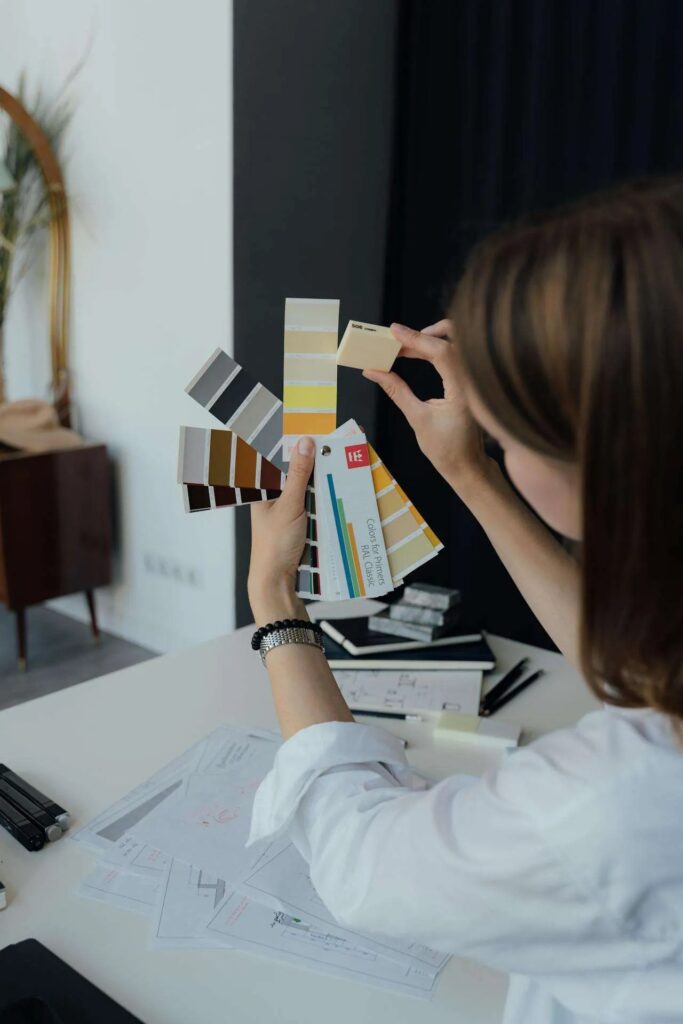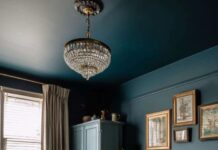Are you passionate about transforming spaces into stunning environments? Do you dream of having the flexibility to work on your own terms while expressing your creative side? If so, a career as a freelance interior designer might be just what you’ve been searching for. In this article, we’ll explore the ins and outs of becoming a freelance interior designer, detailing everything from necessary skills to practical tips for launching your own business. Whether you’re just starting or looking to refine your approach, we’ve got you covered!
The Allure of Freelance Interior Design
Many people are drawn to freelance interior design because of its creative potential and the ability to tailor projects to individual client needs. This profession allows you to merge your artistic vision with functionality, creating spaces that are not only beautiful but also livable. Plus, the flexibility of freelancing means you can choose your projects and work environment, making it an attractive option for those who value independence.
Essential Skills for Success
To thrive in this field, you’ll need a diverse skill set. Here are some key abilities that can set you apart:
Do you already possess these skills, or are you eager to develop them further?
Getting Started as a Freelance Designer
Starting your freelance career may seem daunting, but taking it step-by-step can simplify the process. Here’s a practical approach:
- Build a Portfolio: Showcase your best work, even if it includes personal projects or design concepts. A strong portfolio will attract potential clients.
- Network: Connect with other professionals in the field. Networking can lead to referrals and valuable partnerships.
- Set Your Rates: Research industry standards and set pricing that reflects your skill level and experience. Be transparent with clients about your fees.
- Market Yourself: Utilize social media and design platforms to promote your services. Regularly share your projects to engage a wider audience.
Understanding Your Target Market
Identifying your ideal clients is crucial. Are you interested in residential projects, commercial spaces, or perhaps sustainable design? Understanding your target market can help you tailor your marketing efforts and service offerings. Remember, knowing who you want to work with will lead to more meaningful projects and satisfied clients.
Tips for Building Client Relationships
Creating lasting relationships with clients can significantly impact your success. Here are some effective strategies:
How do you think building strong relationships could enhance your freelance career?
Continuing Education and Trends
The design industry is ever-evolving, so staying updated on the latest trends and techniques is vital. Consider attending workshops, webinars, or enrolling in online courses. Not only will this expand your knowledge, but it will also keep your skills sharp and relevant.
Additionally, traveling can inspire new ideas and perspectives. Exploring different cultures and design styles can enrich your creativity and influence your work.
By taking these steps, you can not only launch your freelance interior design career but also set the stage for long-term success and personal fulfillment. So, are you ready to dive into the world of interior design?




